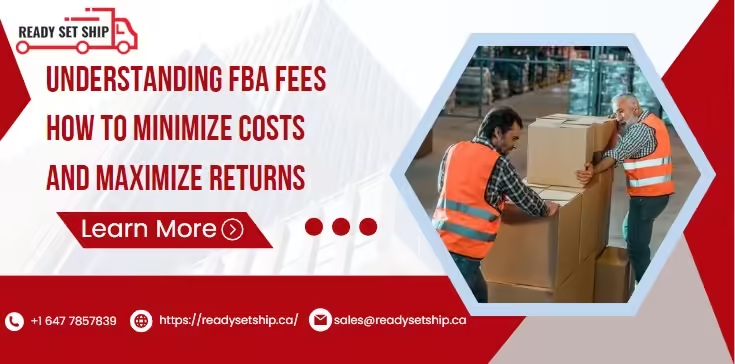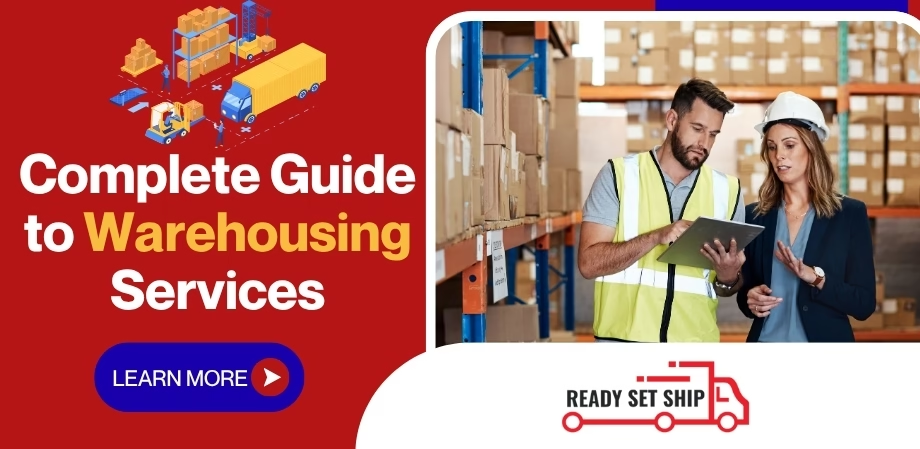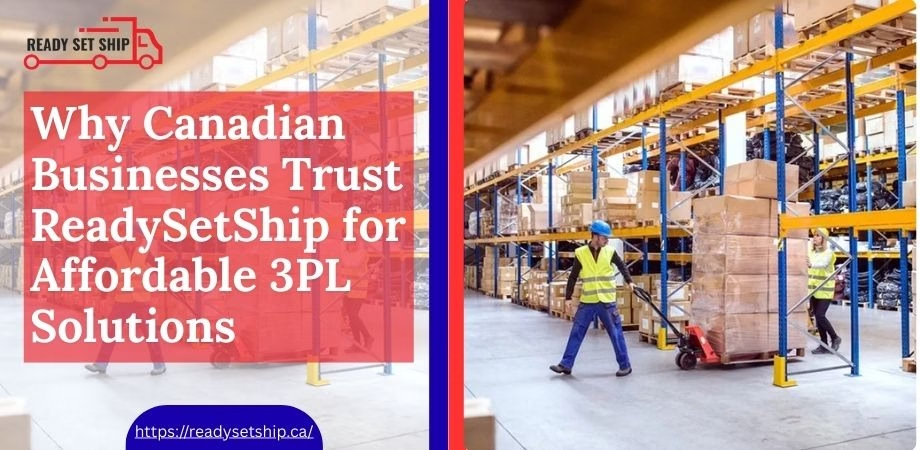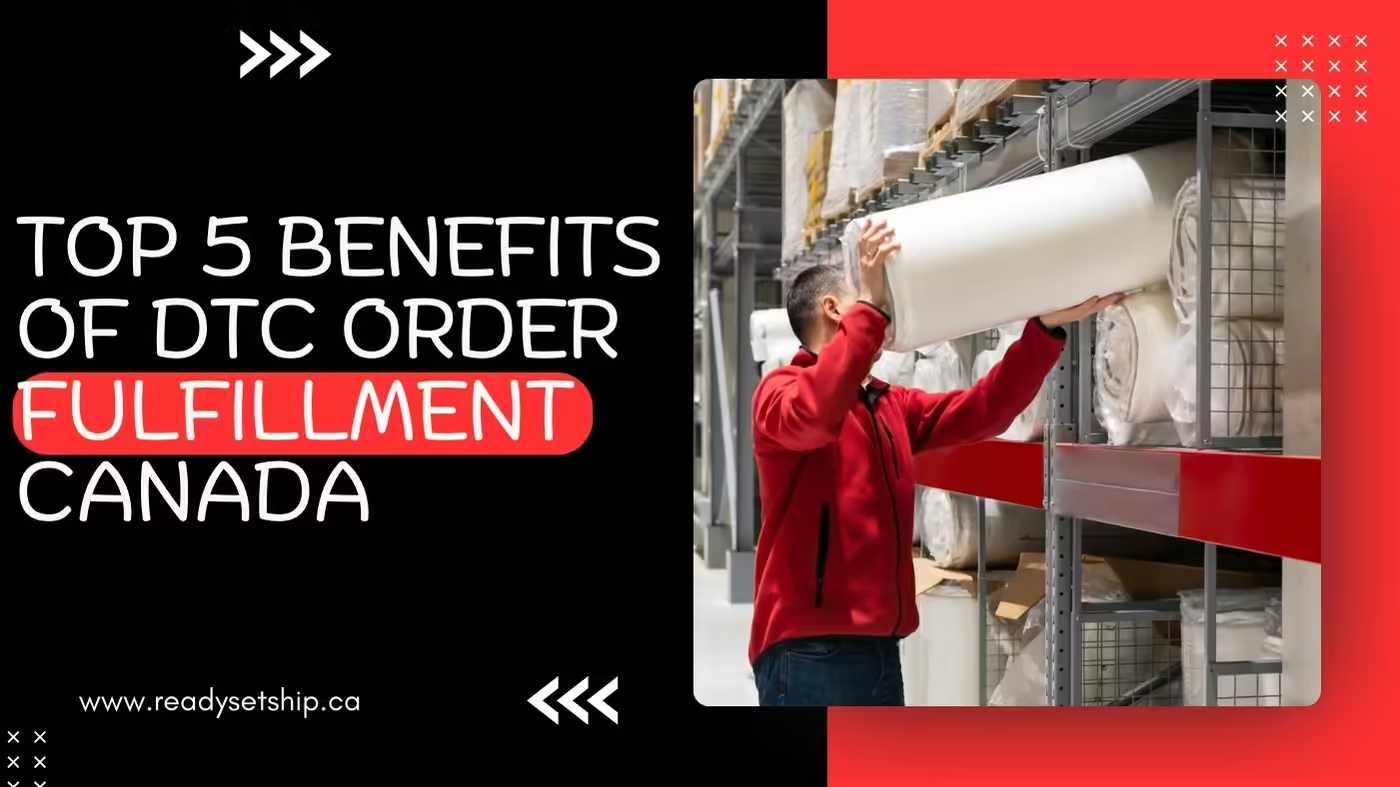]Selling on Amazon has become a famous avenue for entrepreneurs looking to reach a massive customer base and scale their businesses. Amazon’s Fulfillment by Amazon (FBA) program is one of the primary tools sellers use to manage logistics and improve their sales efficiency. However, while FBA offers many benefits, understanding and managing FBA fees is crucial to maximizing your returns and minimizing costs. This comprehensive guide will break down Amazon FBA fees and provide actionable strategies to help you manage these costs effectively.
What Are Amazon FBA Fees:
Fulfilment by Amazon (FBA) allows sellers to store their products in Amazon’s warehouses, where Amazon handles storage, packaging, shipping, and customer service on their behalf. In return for these services, Amazon charges various fees. Here are the main types of FBA fees you need to be aware of:
- Fulfillment Fees: These are charged per unit and cover the cost of picking, packing, and shipping your products. As of 2024, the standard fulfilment fee is $2.50 per unit for standard-size items and $4.50 for oversized items.
- Monthly Storage Fees: These fees are charged monthly based on the space your inventory occupies in Amazon’s warehouse. Standard-size items cost $0.75 per cubic foot from January to September and $2.40 from October to December. For oversized items, the cost is $0.48 per cubic foot from January to September and $1.20 from October to December.
- Long-Term Storage Fees: In addition to monthly storage fees, Amazon charges long-term storage fees for inventory in the warehouse for more than 365 days. This fee is $6.90 per cubic foot or $0.15 per unit, whichever is greater.
- Removal Fees: If you need to remove inventory from Amazon’s warehouses, you’ll be charged $0.50 per standard-size item and $0.15 per oversized item.
- Return Processing Fees: Amazon charges a return processing fee for items returned by customers. This fee equals the product’s fulfilment fee and applies to items returned within 30 days of delivery.
Understanding these fees is essential for any seller using FBA, as they can significantly impact profitability.
Strategies to Minimize FBA Fees
1. Optimize Inventory Levels
Optimizing your inventory levels is one of the most effective ways to minimize FBA fees. Overstocking can lead to higher storage fees, especially if products remain unsold for an extended period. On the other hand, understocking can result in missed sales opportunities and lower overall returns.
- Monitor Sales Trends: Use Amazon’s analytics tools to track your sales trends and predict demand. Adjust your inventory levels accordingly to avoid both overstocking and understocking.
- Utilize Amazon’s Inventory Performance Index (IPI): Amazon provides an IPI score that helps you gauge the efficiency of your inventory management. A higher IPI score indicates better inventory management and can help you avoid long-term storage fees.
2. Use Multi-Channel Fulfillment (MCF)
If you sell on multiple platforms beyond Amazon, consider using Amazon’s Multi-Channel Fulfillment (MCF) service. MCF allows you to fulfil orders from other sales channels using Amazon’s fulfilment network, which can lead to cost savings.
- Centralize Your Fulfillment: By consolidating your fulfilment processes through Amazon’s network, you can reduce shipping costs and streamline your operations.
- Take Advantage of Bulk Discounts: MCF can help you negotiate better rates and reduce the cost of fulfilling orders from various channels.
3. Choose the Right Fulfillment Strategy
Amazon offers different fulfilment strategies based on your business needs. Choosing the right plan can help you manage FBA fees more effectively.
- Fulfillment by Amazon (FBA): is ideal for sellers looking to leverage Amazon’s vast customer base and logistics network. It’s also suitable for businesses that want to maximize their reach and scale quickly.
- Fulfilment by Merchant (FBM): For sellers who prefer to handle their fulfilment, FBM allows you to store, pack, and ship products independently. This can be a cost-effective option if you have the infrastructure in place.
4. Leverage Amazon’s Programs and Tools
Amazon offers several programs and tools to help sellers reduce their FBA fees and improve profitability.
- Amazon Seller Central Reports: Utilize reports available in Amazon Seller Central to analyze your sales data, track inventory performance, and identify areas for cost reduction.
- Amazon’s FBA Fee Calculator: Use the FBA Fee Calculator to estimate the fees associated with your products and adjust your pricing strategy accordingly.
5. Optimize Your Product Listings
Optimizing your product listings can directly impact your sales and, subsequently, your FBA fees.
- Improve Product Images and Descriptions: High-quality images and detailed descriptions can lead to higher conversion rates, reducing the time your inventory spends in Amazon’s warehouses.
- Utilize Amazon’s A+ Content: Enhanced content options, such as A+ Content, can improve your product listings and increase customer engagement, leading to more sales and lower storage fees.
6. Regularly Review Your Performance
Regularly reviewing your performance and adjusting based on your findings can help you stay on top of FBA fees and improve your profitability.
- Track Your Metrics: Monitor key performance indicators (KPIs) such as sales velocity, inventory turnover, and storage fees.
- Adjust Your Strategy: Based on your performance metrics, adjust your inventory levels, pricing, and fulfilment strategy to optimize your FBA costs.
Conclusion:
Managing Amazon FBA fees effectively is crucial for maximizing your returns and minimizing your costs. By understanding the various fees associated with FBA and implementing strategies to optimize your inventory, fulfilment processes, and product listings, you can improve your profitability and ensure the success of your Amazon business.
For more detailed information on optimizing your shipping and fulfilment processes, you can explore resources provided by Ready Set Ship. Their insights and tools can help you streamline your operations and maximise Amazon’s fulfilment services.
By applying these strategies and staying informed about the latest developments in Amazon’s FBA program, you can navigate the complexities of FBA fees and build a successful and profitable e-commerce business.





